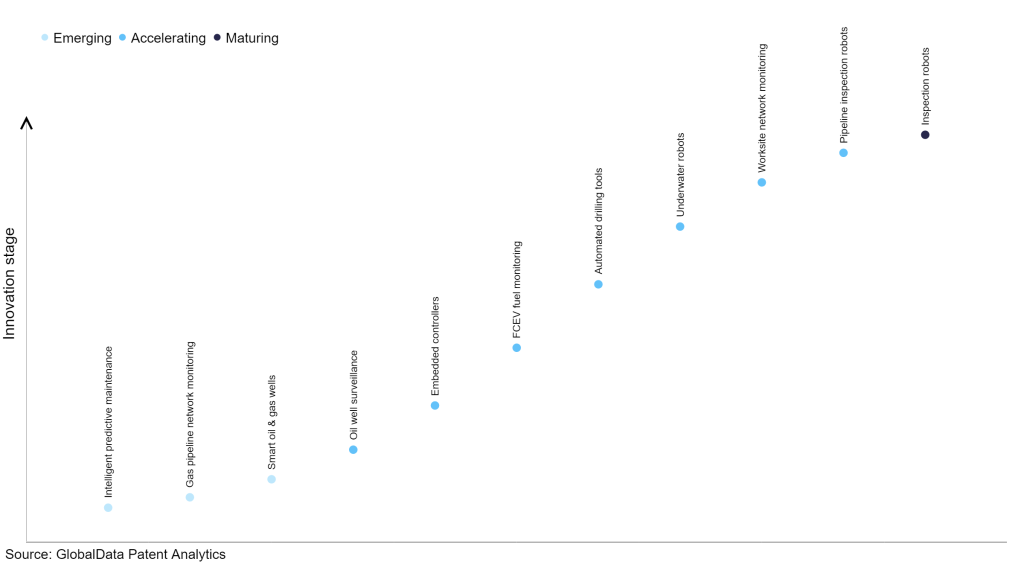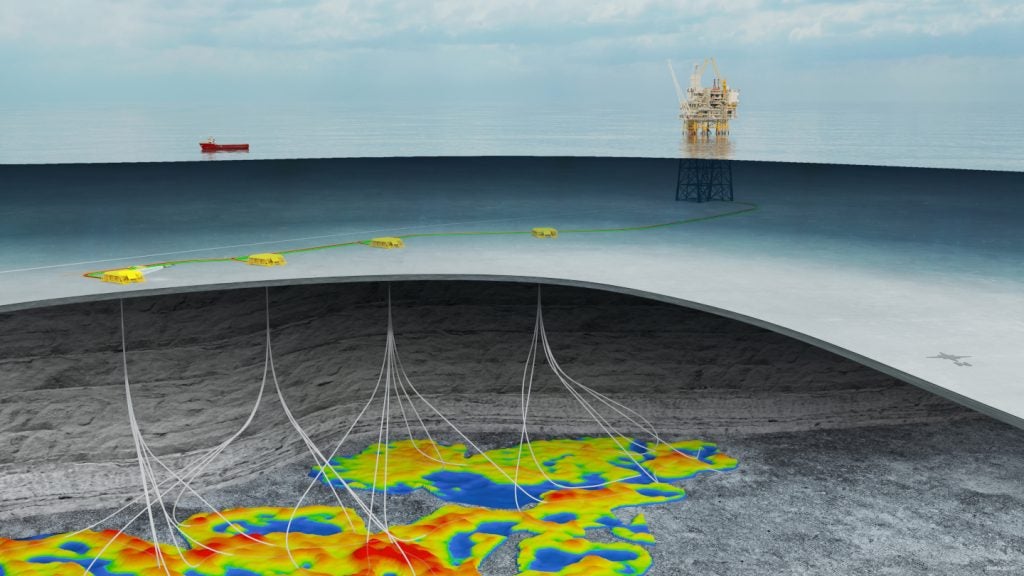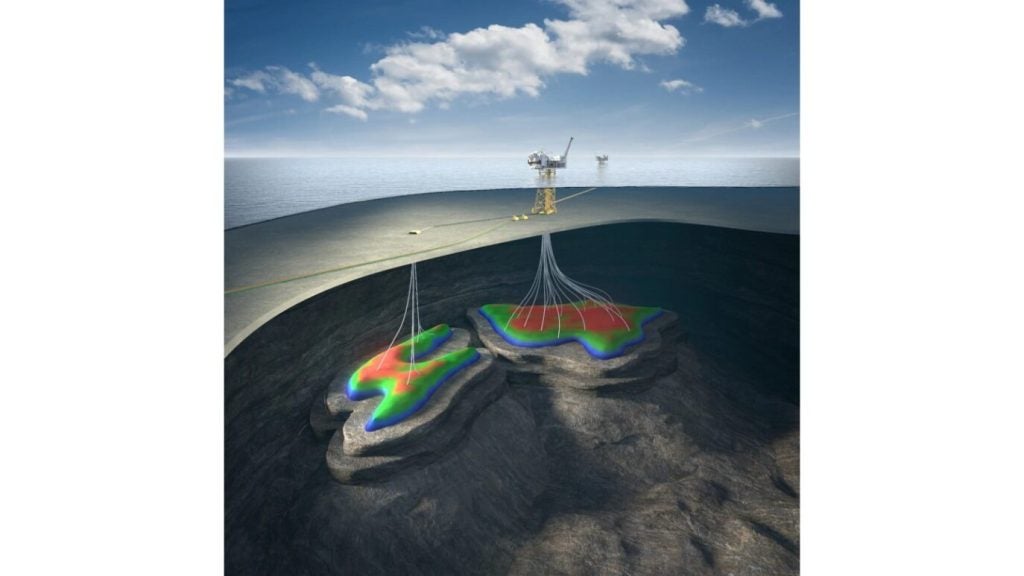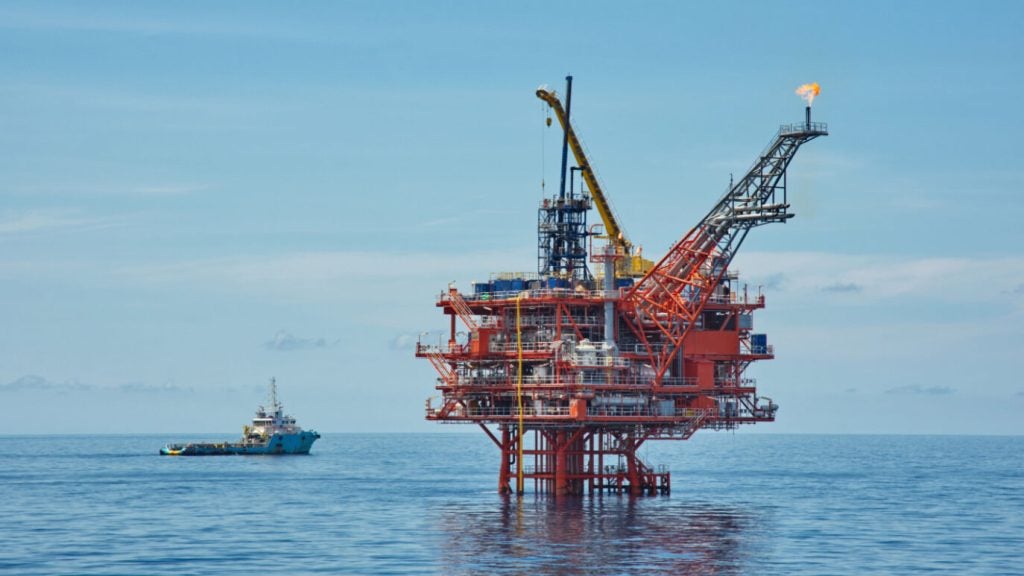The oil & gas industry continues to be a hotbed of patent innovation. Activity is driven by the need to improve operational efficiencies, increase oil and gas production, and reduce operational costs, and the growing importance of technologies such as machine learning, data science, artificial intelligence, and robotics. In the last three years alone, there have been over 523,000 patents filed and granted in the oil & gas industry, according to GlobalData’s report on Internet of Things in oil & gas: smart oil & gas wells. Buy the report here.
However, not all innovations are equal and nor do they follow a constant upward trend. Instead, their evolution takes the form of an S-shaped curve that reflects their typical lifecycle from early emergence to accelerating adoption, before finally stabilizing and reaching maturity.
Identifying where a particular innovation is on this journey, especially those that are in the emerging and accelerating stages, is essential for understanding their current level of adoption and the likely future trajectory and impact they will have.
60+ innovations will shape the oil & gas industry
According to GlobalData’s Technology Foresights, which plots the S-curve for the oil & gas industry using innovation intensity models built on over 196,000 patents, there are 60+ innovation areas that will shape the future of the industry.
Within the emerging innovation stage, intelligent predictive maintenance, gas pipeline network monitoring, and smart oil & gas wells are disruptive technologies that are in the early stages of application and should be tracked closely. Oil well surveillance, embedded controllers, and FCEV fuel monitoring are some of the accelerating innovation areas, where adoption has been steadily increasing. Among maturing innovation areas is inspection robots, which is now well established in the industry.
Innovation S-curve for Internet of Things in the oil & gas industry

Smart oil & gas wells is a key innovation area in Internet of Things
Smart oil and gas wells refer to the implementation of advanced technologies and systems to optimize the operations and productivity of oil and gas wells. These technologies utilize automation, sensors, data analytics, and artificial intelligence to monitor and control various aspects of well operations, such as production, maintenance, and safety. The goal is to improve efficiency, reduce costs, enhance safety, and maximize the extraction of oil and gas resources.
GlobalData’s analysis also uncovers the companies at the forefront of each innovation area and assesses the potential reach and impact of their patenting activity across different applications and geographies. According to GlobalData, there are 40+ companies, spanning technology vendors, established oil & gas companies, and up-and-coming start-ups engaged in the development and application of smart oil & gas wells.
Key players in smart oil & gas wells – a disruptive innovation in the oil & gas industry
‘Application diversity’ measures the number of applications identified for each patent. It broadly splits companies into either ‘niche’ or ‘diversified’ innovators.
‘Geographic reach’ refers to the number of countries each patent is registered in. It reflects the breadth of geographic application intended, ranging from ‘global’ to ‘local’.
Patent volumes related to smart oil & gas wells
Source: GlobalData Patent Analytics
BASF is one of the leading patent filers in IoT-enabled smart oil and gas wells. Some other key patent filers in the space include Halliburton and Saudi Arabian Oil.
Haliburton has collaborated with Kuwait Oil to facilitate a data-to-decisions cycle using DecisionSpace 365 subscription service for exploration and production (E&P) applications. The service helps to create and run digital twins for a field in Kuwait and helps in planning, forecasting, and optimizing production and asset operations. The software has an open architecture that helps seamless integration of third-party applications for enhanced recovery and increased operational performance.
In terms of application diversity, Halliburton leads the pack, while Nio and Saudi Arabian Oil stood in the second and third positions, respectively.
By means of geographical reach, SICPA held the top position, followed by Halliburton and Corteva.
IoT-based smart oil and gas wells can help to enhance production and safety with less operational costs. IoT helps in monitoring oil and gas wells using sensors, software, and network connectivity to control parameters such as production in real time.
To further understand the key themes and technologies disrupting the oil & gas industry, access GlobalData’s latest thematic research report on Internet of Things in Oil & Gas.
Premium Insights
From

The gold standard of business intelligence.
Blending expert knowledge with cutting-edge technology, GlobalData’s unrivalled proprietary data will enable you to decode what’s happening in your market. You can make better informed decisions and gain a future-proof advantage over your competitors.







